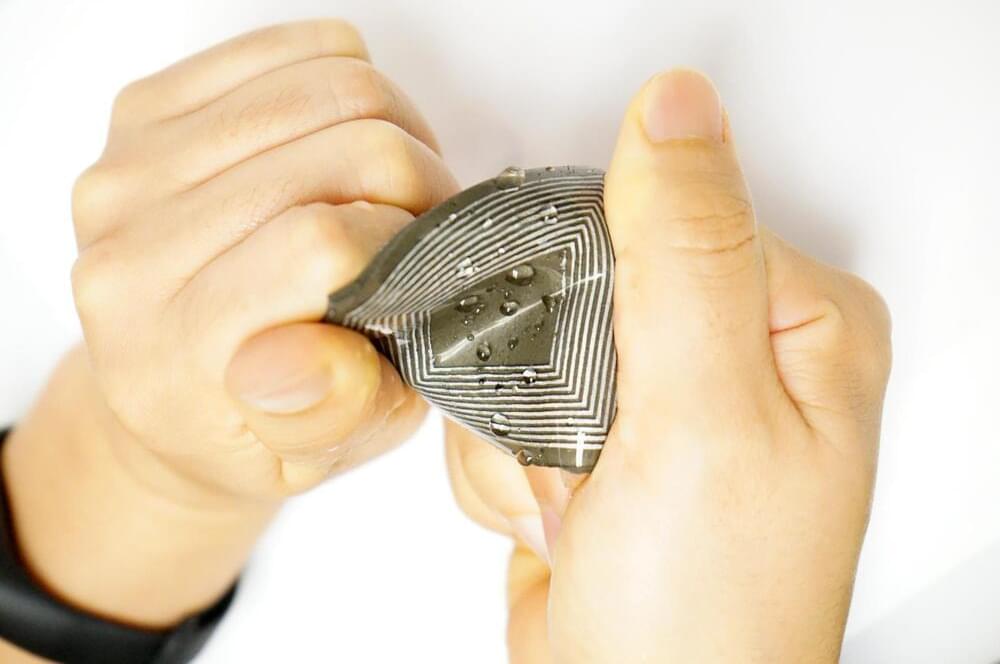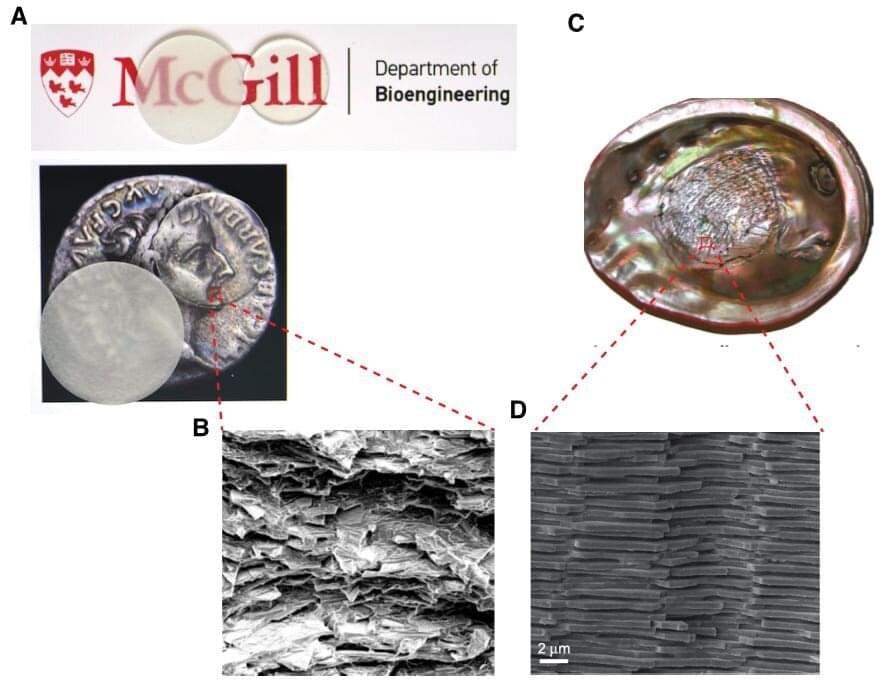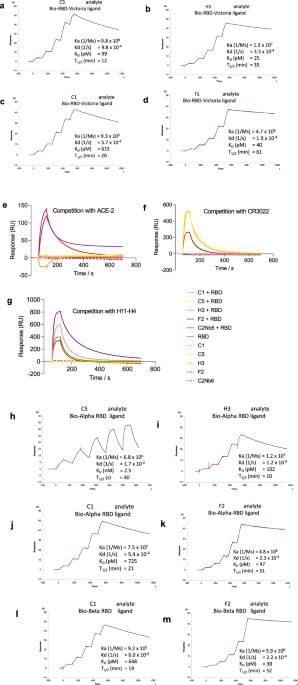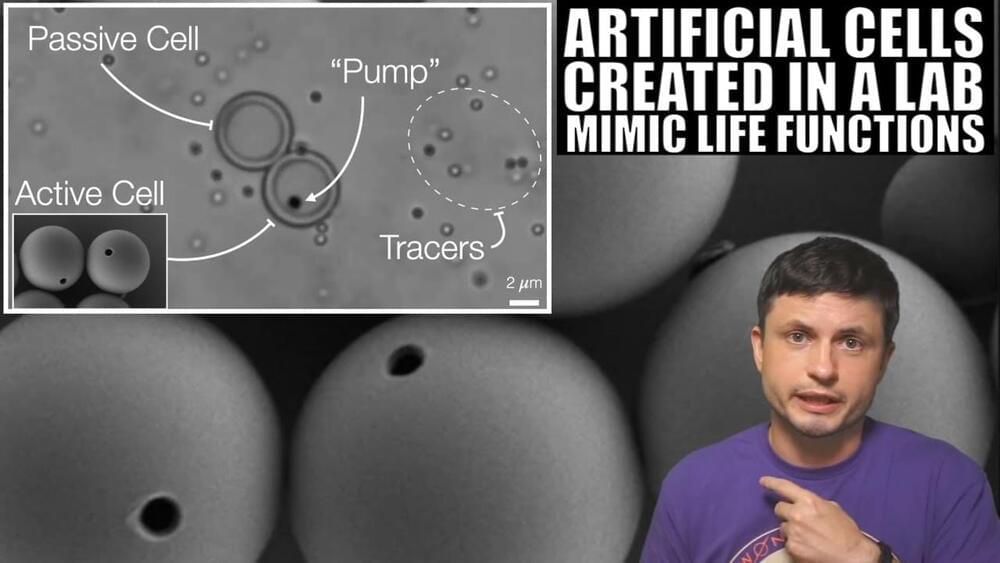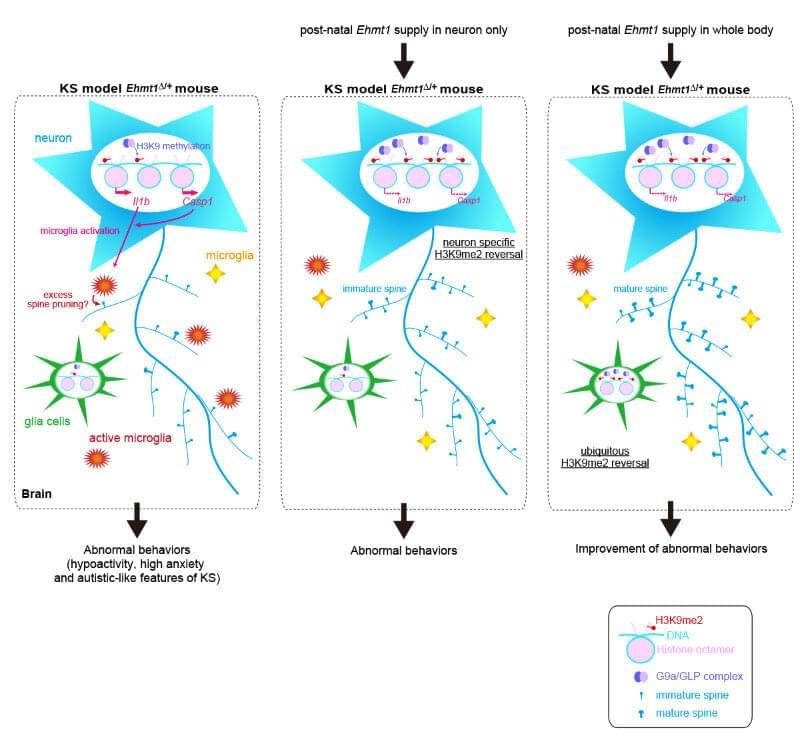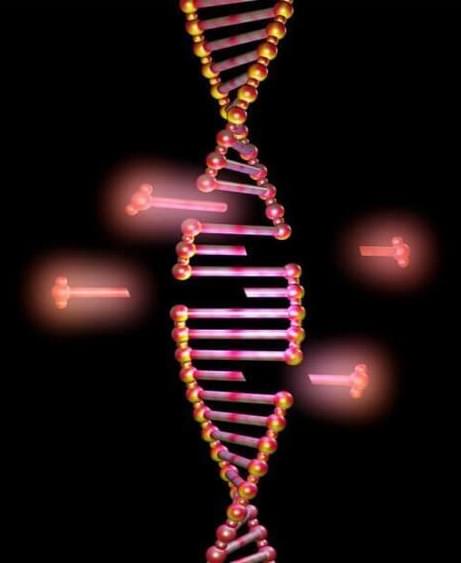Gene editing works at low efficiency in dogs.
Category: bioengineering – Page 86
Traditional networks are unable to keep up with the demands of modern computing, such as cutting-edge computation and bandwidth-demanding services like video analytics and cybersecurity. In recent years, there has been a major shift in the focus of network research towards software-defined networks (SDN) and network function virtualization (NFV), two concepts that could overcome the limitations of traditional networking. SDN is an approach to network architecture that allows the network to be controlled using software applications, whereas NFV seeks to move functions like firewalls and encryption to virtual servers. SDN and NFV can help enterprises perform more efficiently and reduce costs. Needless to say, a combination of the two would be far more powerful than either one alone.
Amazingly, nacre has the rigidity of a stiff material and durability of a soft material, giving it the best of both worlds,” he explains. “It’s made of stiff pieces of chalk-like matter that are layered with soft proteins that are highly elastic. This structure produces exceptional strength, making it 3,000 times tougher than the materials that compose it.
Scientists from McGill University develop stronger and tougher glass, inspired by the inner layer of mollusk shells. Instead of shattering upon impact, the new material has the resiliency of plastic and could be used to improve cell phone screens in the future, among other applications.
While techniques like tempering and laminating can help reinforce glass, they are costly and no longer work once the surface is damaged. “Until now there were trade-offs between high strength, toughness, and transparency. Our new material is not only three times stronger than the normal glass, but also more than five times more fracture resistant,” says Allen Ehrlicher, an Associate Professor in the Department of Bioengineering at McGill University.
Nature as master of design
SARS-CoV-2 remains a global threat to human health particularly as escape mutants emerge. There is an unmet need for effective treatments against COVID-19 for which neutralizing single domain antibodies (nanobodies) have significant potential. Their small size and stability mean that nanobodies are compatible with respiratory administration. We report four nanobodies (C5, H3, C1, F2) engineered as homotrimers with pmolar affinity for the receptor binding domain (RBD) of the SARS-CoV-2 spike protein. Crystal structures show C5 and H3 overlap the ACE2 epitope, whilst C1 and F2 bind to a different epitope. Cryo Electron Microscopy shows C5 binding results in an all down arrangement of the Spike protein. C1, H3 and C5 all neutralize the Victoria strain, and the highly transmissible Alpha (B.1.1.7 first identified in Kent, UK) strain and C1 also neutralizes the Beta (B.1.35, first identified in South Africa). Administration of C5-trimer via the respiratory route showed potent therapeutic efficacy in the Syrian hamster model of COVID-19 and separately, effective prophylaxis. The molecule was similarly potent by intraperitoneal injection.
Neutralizing nanobodies bind SARS-CoV-2 spike RBD and block interaction with ACE2. Nat. Struct. Mol. Biol. 27 846–854 (2020).
Good telescope that I’ve used to learn the basics: https://amzn.to/35r1jAk.
Get a Wonderful Person shirt: https://teespring.com/stores/whatdamath.
Alternatively, PayPal donations can be sent here: http://paypal.me/whatdamath.
Hello and welcome! My name is Anton and in this video, we will talk about the creation of first ever artificial cell mimics.
Links:
https://www.nature.com/articles/s41598-018-22263-3
https://en.wikipedia.org/wiki/Artificial_cell.
Sacanna Lab 0 https://www.youtube.com/channel/UCT6gTHX182dXtgzywm7Bl2w/videos.
Support this channel on Patreon to help me make this a full time job:
https://www.patreon.com/whatdamath.
Bitcoin/Ethereum to spare? Donate them here to help this channel grow!
Consciousness: Evolution of the Mind Documentary (2021), a film by Alex Vikoulov, Part I, WHAT IS CONSCIOUSNESS?
*Subscribe to our YT channel to watch the rest of documentary (to be released in parts): https://youtube.com/c/EcstadelicMedia.
**Watch the documentary in its entirety on Vimeo ($0.99/rent; $1.99/buy): https://vimeo.com/ondemand/339083
***Join Consciousness: Evolution of the Mind public forum for news and discussions (Facebook group of 6K+ members): https://www.facebook.com/groups/consciousness.evolution.mind.
As this is the first report of neuro-inflammation in Kleefstra syndrome, the next step is to find out if it also occurs in the human condition. Shinkai believes the chances are high and says he would not be surprised if other neurological diseases caused by epigenetic dysregulation were also related to abnormal inflammation in the brain.
Researchers at the RIKEN Cluster for Pioneering Research (CPR) in Japan report that Kleefstra syndrome, a genetic disorder that leads to intellectual disability, can be reversed after birth in a mouse model of the disease. Published in the scientific journal iScience, the series of experiments led by Yoichi Shinkai showed that postnatal treatment resulted in improved symptoms, both in the brain and in behavior.
Normally, we get two good copies of most genes, one from each parent. In Kleefstra syndrome, one copy of the EHMT1 gene is mutated or missing. This leads to half the normal amount of GLP, a protein whose job is to control genes related to brain development through a process called H3K9 methylation. Without enough GLP, H3K9 methylation is also reduced, and the connections between neurons in the brain do not develop normally. The result is intellectual disability and autistic-like symptoms. “We still don’t know if Kleefstra syndrome is a curable disease after birth or how this epigenetic dysregulation leads to the neurological disorder,” says Shinkai. “Our studies in mice have provided new information about what causes the behavioral abnormalities associated with the syndrome and have shown that a cure is a real possibility in the future.”
Reasoning that extra GLP might be an effective treatment, the researchers performed a series of experiments in mice that were engineered to have only one good copy of the EHMT1 gene. The brains of these mice show characteristics of the human condition, including 40% less GLP and 30% less H3K9 methylation. The mice also display several behaviors seen in humans with Kleefstra syndrome, such as reduced locomotion and greater anxiety. After each experiment, the researchers measured these factors and compared them to normal mice to see if the treatment had been effective.
CRISPR technology offers the promise to cure any human genetic disease with gene editing; which one will be the first?
CRISPR-Cas9 was first used as a gene-editing tool in 2012. In just a few years, the technology has exploded in popularity thanks to its promise of making gene editing much faster, cheaper, and easier than ever before.
CRISPR is short for ‘clustered regularly interspaced short palindromic repeats.’ The term makes reference to a series of repetitive patterns found in the DNA of bacteria that form the basis of a primitive immune system, defending them from viral invaders by cutting their DNA.
He explored the possibility of using gene therapy or gene editing—technologies that were dominating headlines for their ability to tackle other rare genetic disorders. But scientists told him those approaches would be difficult to implement for Dravet. Instead, a newfangled idea called transfer RNA (tRNA) therapy seemed like it might be the answer.
Drug Discovery tRNA therapies could help restore proteins lost in translation.
A new class of therapies based on transfer RNA could treat forms of cystic fibrosis, muscular dystrophy, genetic epilepsies, and more by.
Ryan Cross
Thanks to CRISPR, gene therapy and “designer babies” are now a reality. The gene editing Swiss army knife is one of the most impactful biomedical discoveries of the last decade. Now a new study suggests we’ve just begun dipping our toes into the CRISPR pond.
CRISPR-Cas9 comes from lowly origins. It was first discovered as a natural mechanism in bacteria and yeast cells to help fight off invading viruses. This led Dr. Feng Zhang, one of the pioneers of the technology, to ask: where did this system evolve from? Are there any other branches of the CRISPR family tree that we can also harness for gene editing?
In a new paper published last week in Science, Zhang’s team traced the origins of CRISPR to unveil a vast universe of potential gene editing tools. As “cousins” of CRISPR, these new proteins can readily snip targeted genes inside Petri dishes, similar to their famous relative.

